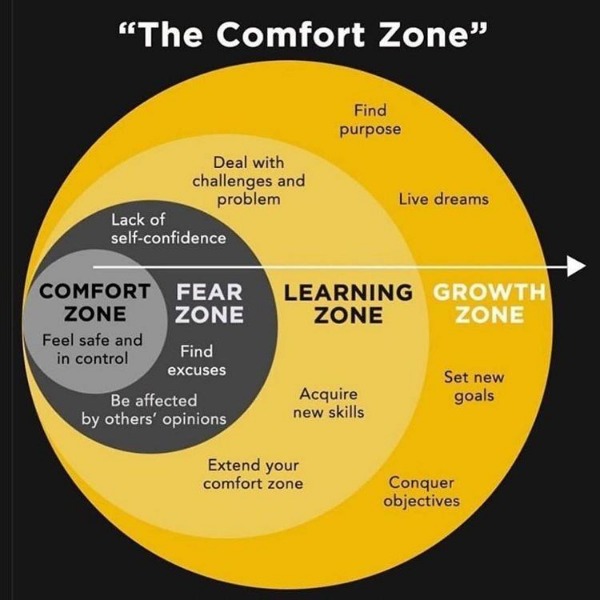From Web 2.0 to Web 4.0
I saw an article online about "Web 4.0" recently and thought "I know there was a Web 2.0, but did we jump over Web 3.0?"
Back in the early days of this century (Can we say that yet?). I was hearing about, speaking about, and writing about Web 2.0. It was known by a number of names: the Participative or Participatory Web, the Social Web, and my personal favorite moniker the Read-Write Web.
The idea was that the early web that would now be considered Web 1.0 was pretty much a one-way web. It was a passive web. We consumed content. The next phase of the Web was the shift to websites that emphasized user-generated content. These websites were easier to use and allowed participation, interaction, and interoperability. They were active.
The term Web 2.0 was coined by Darcy DiNucci in 1999 and later popularized by Tim O'Reilly and Dale Dougherty at the O'Reilly Media Web 2.0 Conference in late 2004. But this was a gradual change so you can't point to any one date as the start.
By 1999, there are approximately 3 million websites but the majority of these sites are static, read-only sites. But change was coming. Blogs were one of the tools of Web 2.0. It was a major change. You could get free webspace and be your own publisher.
I started a wiki, this blog, got into social media and began podcasting between 2000-2006. By 2006, there are approximately 85 million websites. Two of the big Web 2.0 sites that changed many sites to follow were Wikipedia and Facebook. That year I wrote about "Web 2.0 Colleges."
By 2014, the Internet had more than one billion websites.
So, when did the Web go 3.0 and what is it? Some people have been calling Web 3.0 the semantic web. The venerable Tim Berners-Lee, the inventor of the World Wide Web, said that a Web 3.0 would be a “read-write-execute” web which would include semantic markup and web services.
Actually, Web 3.0 is the one we use today. It is a “semantic web” in the way search engines try to understand human language. It is the way we can execute through mobile devices and the cloud.
The semantic markup means presenting data in a way that can be understood by software agents so that it can be “executed.” One definition of the semantic web I found is that it is a virtual environment in which information and data are connected and organized so that they can be processed automatically. This is a Web in which the machines read content and also interpret it.
Some of this is happening now, but we're not fully there. That is also true of the Web using artificial intelligence. AI can work along with machine-readable content. Talking like this about a 3.0 or a 4.0 version of the web might excite you or it might scare you. Machines directly interacting with each other. Exciting or scary?
From what I read about Web 4.0 it seems to be a fully mobile web. The search engines we are used to using become virtual assistants. Sure, you're already talking to Alexa and Siri, but the experience is not fully functional. It's great that they are starting to understand natural language that is spoken and written. You can ask questions, but too often you get a list of possible websites where your answer might be, rather than the answer. It's coming.
Again, 4.0 can be exciting and scary. You ask your device to book you a room in New York City for next Friday and since it already knows your preferences, your price range, your credit card information and other data it can do it without your additional help. Scary? But if you had a really good human assistant, he or she could also do this for you. Did that scare you? Yes, trust and privacy are concerns for Web 3 and 4.
Here is Tim Berners-Lee giving a TED talk in 2009 about the new "Open and Linked Web."
Take a look and decide how close we have come in a decade.
 Awhile back, edX CEO Anant Agarwal wrote in Forbes "
Awhile back, edX CEO Anant Agarwal wrote in Forbes "
 The "cobra effect" is the term used for when a well-intended attempted solution to a problem makes the problem worse. This unintended consequence is often is used to describe environmental, economic and political solutions that work in reverse.
The "cobra effect" is the term used for when a well-intended attempted solution to a problem makes the problem worse. This unintended consequence is often is used to describe environmental, economic and political solutions that work in reverse.